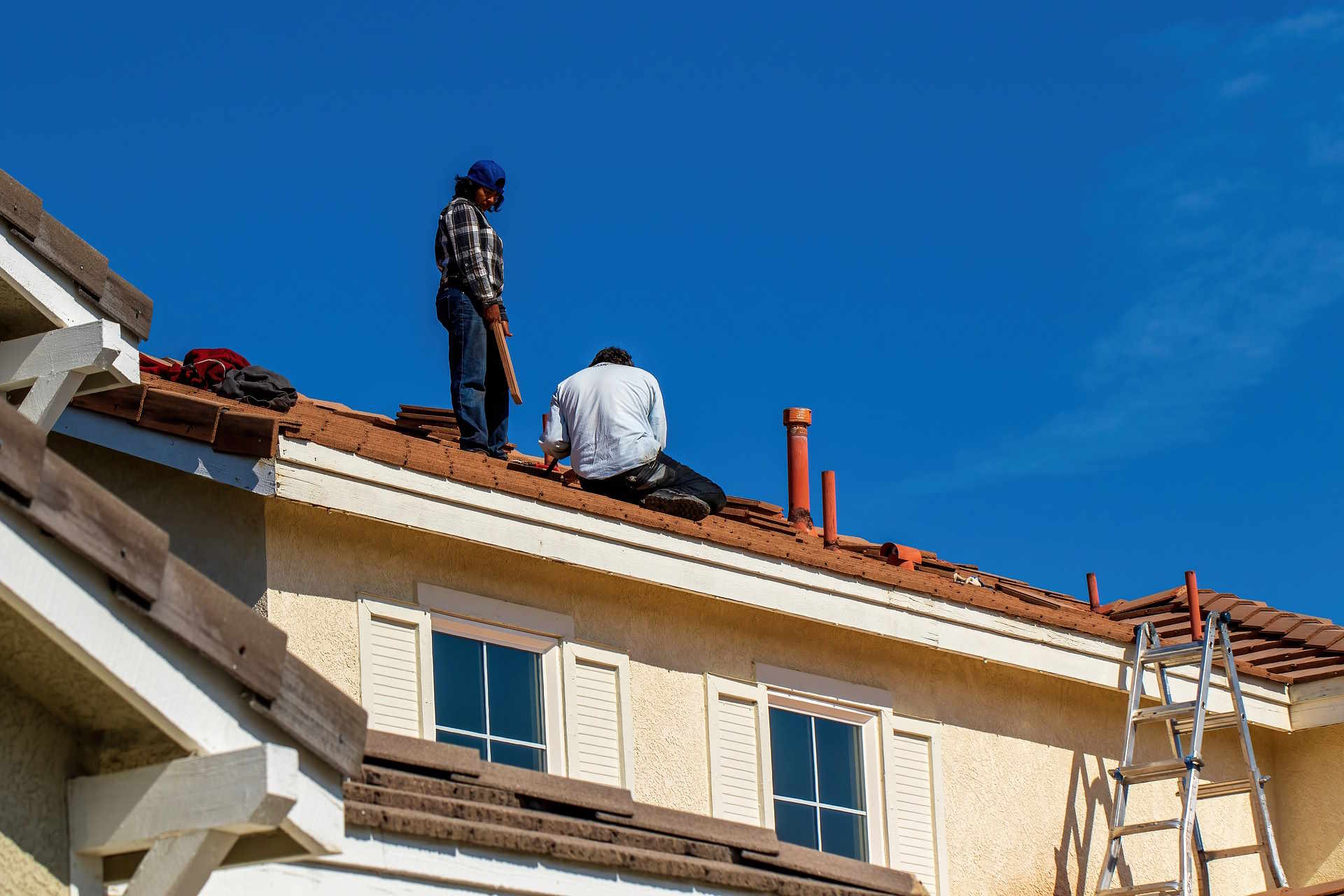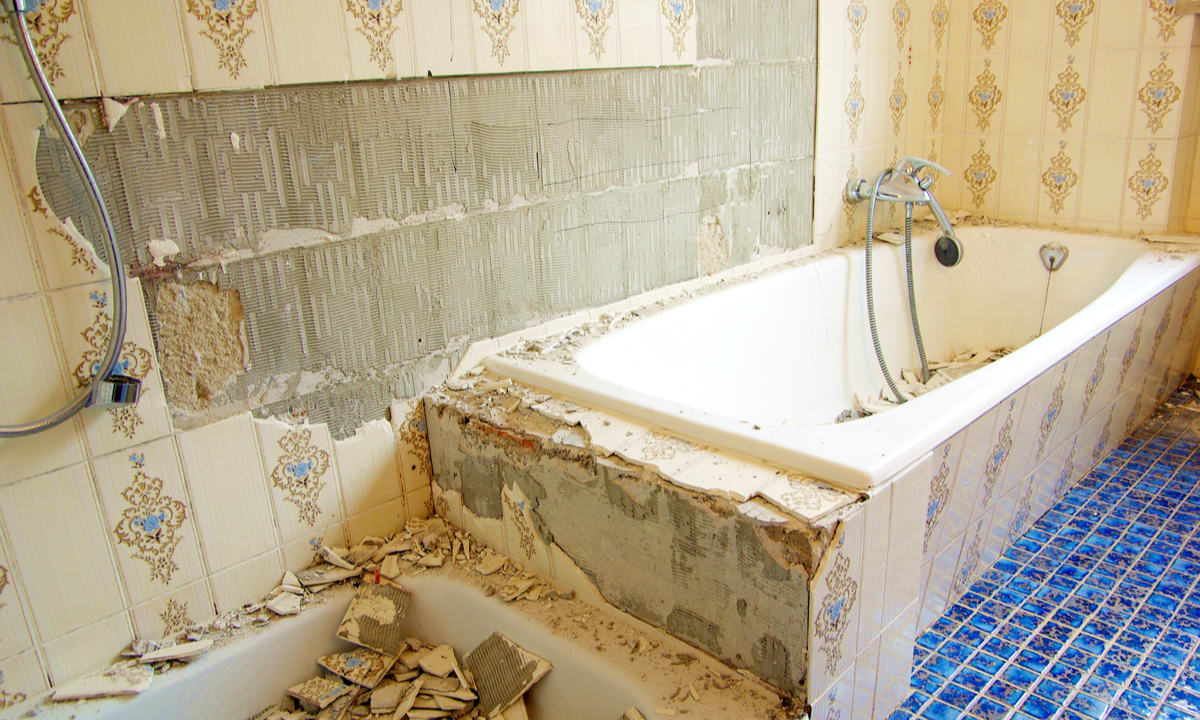How much will a painter be paid per hour to paint a house in 2025?
If you’ve ever wondered how much it really costs to hire a professional painter in 2025, you’re not alone. With housing projects booming and material prices shifting, hourly rates for painters have become a hot topic among homeowners and contractors alike. Whether you’re planning to refresh a single room or give your entire home a new look, understanding what painters charge—and why—can help you budget wisely and avoid costly surprises. In this article, we’ll break down what influences a painter’s hourly rate, from experience and location to project complexity, so you’ll know exactly what to expect before picking up the phone for a quote.

Painter hourly rates in 2025 reflect a dynamic market shaped by regional economics, skill levels, and evolving industry standards. While national averages provide a baseline, actual compensation varies significantly based on where the work takes place, what type of painting is required, and the painter’s expertise. Homeowners planning exterior projects need to understand these variables to budget accurately, while aspiring painters benefit from knowing what to expect in different markets and specializations.
Beyond the Brush: What Shapes a Painter’s Hourly Rate
Several core factors determine how much a painter earns per hour. Experience plays a crucial role, with entry-level painters typically earning less than seasoned professionals who bring years of technique refinement and problem-solving skills. Certification and specialized training in areas like lead-safe practices, historic restoration, or commercial coating systems can command premium rates. The type of work also matters—exterior painting often pays more than interior work due to weather challenges, safety requirements, and the physical demands of working on scaffolding or ladders. Union membership, business overhead for independent contractors, and seasonal demand fluctuations further influence hourly compensation. Painters who invest in professional development and expand their skill sets generally position themselves for higher earnings throughout their careers.
Regional Realities: Why Location Matters More Than You Think
Geographic location significantly impacts painter wages due to variations in cost of living, local demand, and regional economic conditions. Metropolitan areas with higher living costs typically offer elevated hourly rates to attract qualified workers. For instance, painters in major coastal cities often earn substantially more than those in rural or Midwestern communities, though the difference may be offset by housing and transportation expenses. State-level regulations regarding licensing, insurance requirements, and prevailing wage laws for public projects also affect compensation structures. Climate influences demand patterns—regions with year-round mild weather may have more consistent work opportunities, while areas with harsh winters see seasonal fluctuations that impact annual earnings. Understanding these regional realities helps both employers and workers set appropriate expectations and negotiate fair compensation based on local market conditions.
Project Scope and Surface: The Hidden Details Behind the Price
The specifics of each painting project directly influence hourly rates and total compensation. Exterior house painting presents unique challenges compared to interior work, including surface preparation requirements, weather dependencies, and safety considerations. Older homes may need extensive prep work like scraping, sanding, and priming, which increases labor time and justifies higher rates. Surface materials matter—painting wood siding differs from stucco, brick, or vinyl, each requiring different techniques and products. Two-story or multi-level homes require additional equipment and safety measures, often resulting in premium pricing. Painters may charge different rates for straightforward repainting versus detailed trim work, color changes requiring multiple coats, or projects involving lead paint remediation. These project-specific factors explain why hourly rates can vary even within the same geographic area and why accurate estimates require on-site assessments rather than phone quotes.
Current Painter Hourly Rate Estimates for 2025
Based on industry data and market research, painter hourly rates in 2025 typically fall within the following ranges, though actual compensation varies by the factors discussed above:
| Experience Level | Hourly Rate Range | Typical Work Scope |
|---|---|---|
| Entry-Level Painter | $15 - $22 | Basic preparation, single-coat applications, assistant work |
| Mid-Level Painter | $22 - $35 | Independent projects, standard exterior painting, surface prep |
| Experienced Painter | $35 - $50 | Complex projects, specialty finishes, lead-safe certified work |
| Master Painter/Specialist | $50 - $75+ | Historic restoration, commercial projects, supervisory roles |
Prices, rates, or cost estimates mentioned in this article are based on the latest available information but may change over time. Independent research is advised before making financial decisions.
Budgeting Smart: Balancing Cost Quality and Time
When hiring painters or evaluating career opportunities, balancing cost considerations with quality expectations proves essential. Homeowners should recognize that the lowest hourly rate doesn’t always represent the best value—experienced painters often complete work faster and with superior results, potentially reducing total project costs despite higher hourly charges. Requesting detailed estimates that break down labor, materials, and timeline helps compare options accurately. For painters, understanding market rates enables effective negotiation while maintaining competitive positioning. Building a reputation for reliability, craftsmanship, and professionalism justifies premium rates over time. Both parties benefit from clear communication about project scope, timeline expectations, and payment terms before work begins. Investing in quality work protects property value for homeowners and sustains career growth for painting professionals.
Looking Ahead: Trends Affecting Painter Compensation
Several trends may influence painter wages in coming years. Labor shortages in skilled trades continue driving wages upward in many markets as demand outpaces available workers. Environmental regulations promoting low-VOC and sustainable coating products require ongoing education, potentially creating opportunities for certified specialists. Technology adoption, including digital color matching and project management tools, may increase efficiency and professionalism standards. Economic factors like inflation, housing market activity, and construction cycles will continue affecting both project availability and compensation levels. Painters who adapt to industry changes, maintain current certifications, and deliver consistent quality work position themselves favorably regardless of market fluctuations. Understanding these broader trends helps both service providers and customers navigate the evolving landscape of painting compensation and project planning.



